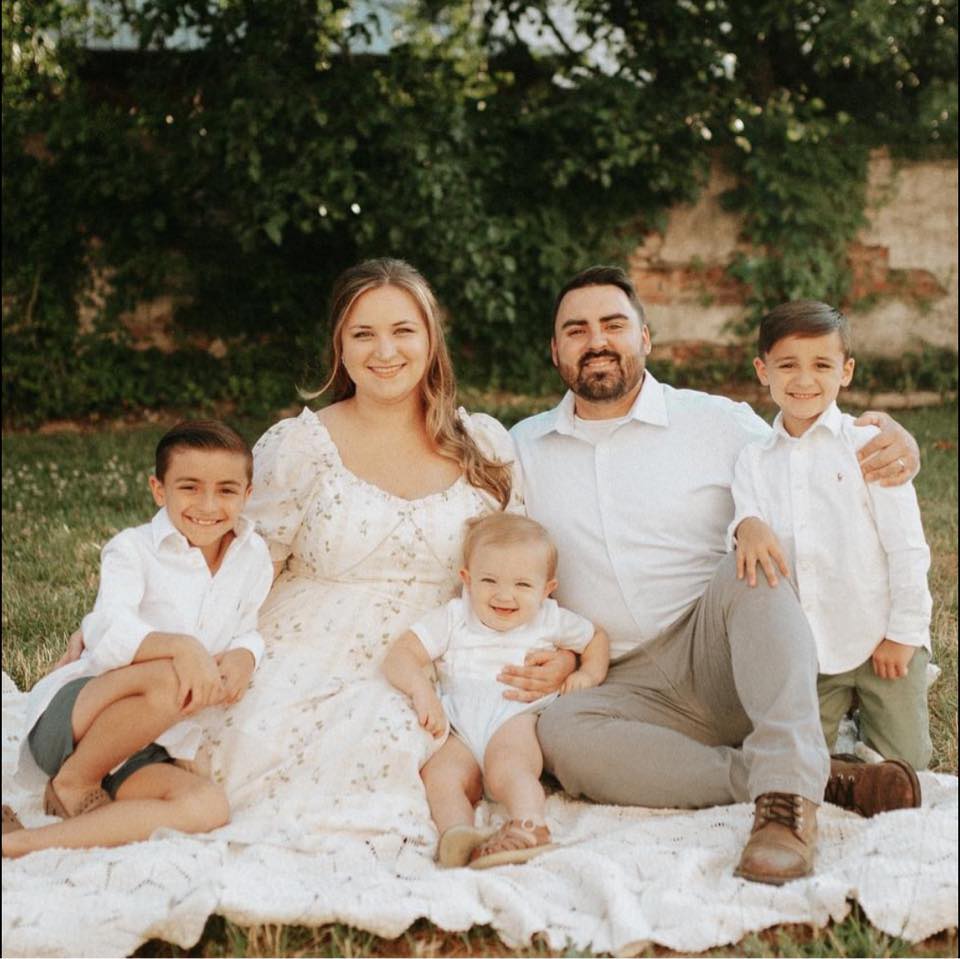Keychron K2: A Writer's Perfect Companion As an author, the tools we use to bring our stories to life are crucial. The right keyboard can make all the difference between a productive writing session and a frustrating experience. Enter the Keychron K2, a mechanical keyboard that has garnered a lot of attention in the tech community. After spending several weeks with this keyboard, I'm convinced it’s a gem for writers. Here’s why.
As an author, the tools we use to bring our stories to life are crucial. The right keyboard can make all the difference between a productive writing session and a frustrating experience. Enter the Keychron K2, a mechanical keyboard that has garnered a lot of attention in the tech community. After spending several weeks with this keyboard, I'm convinced it’s a gem for writers. Here’s why.
Design and Build Quality
The first thing you'll notice about the Keychron K2 is its sleek, compact design. The 75% layout includes all the essential keys without the extra bulk, freeing up desk space and providing a clean, minimalist look. The keyboard is available in both plastic and aluminum frames, with the latter giving a more premium feel and sturdiness.
The keycaps are made of double-shot ABS plastic, which feels smooth to the touch and is built to last. The legends are clear and easy to read, which is essential when you're working long hours. The slight angle of the keyboard, adjustable with its feet, offers a comfortable typing posture, reducing strain during extended writing sessions.
Typing Experience
The typing experience on the Keychron K2 is where it truly shines. It offers different switch options, including Gateron Red, Blue, and Brown switches. As a writer, I chose the Gateron Brown switches for their tactile feedback without the loud click, striking a perfect balance between responsive typing and a quieter environment.
Each keystroke feels precise and satisfying, helping maintain a steady writing flow. The tactile feedback is gentle yet noticeable, ensuring that you don’t miss a single keystroke. For those who enjoy customizing their gear, the K2’s hot-swappable feature allows you to change switches easily, tailoring the keyboard to your personal preference.
Connectivity and Portability
One of the standout features for writers who work on multiple devices is the K2’s seamless connectivity. It supports both Bluetooth and wired connections, and you can switch between up to three devices with ease. This flexibility is perfect for switching between writing on a laptop, tablet, and even a smartphone.
The K2's battery life is impressive, thanks to its 4000mAh battery. With the backlight off, you can get up to 240 hours of use, which means fewer interruptions to charge. Even with the backlight on, it lasts around 72 hours, making it reliable for those long writing marathons.
Backlighting and Aesthetics
Speaking of backlighting, the Keychron K2 offers both white and RGB lighting options. I opted for the white backlight, which is bright and evenly distributed, providing a clear view of the keys in any lighting condition. The gentle glow of the backlight adds a touch of elegance and can be adjusted to suit different environments, whether you’re writing late at night or in a dimly lit room.
Compatibility and Additional Features
The K2 is compatible with both Mac and Windows systems, and it includes keycaps for both layouts, which is a thoughtful touch for those who switch between operating systems. The multimedia keys are easily accessible through the function layer, providing quick control over music and other media without disrupting your workflow.
The Keychron K2 is more than just a keyboard; it’s a writer’s best friend. Its compact design, satisfying typing experience, and versatile connectivity make it an ideal companion for authors. The long battery life and customizable backlighting enhance the overall experience, making it easier to focus on what truly matters—your writing.
Whether you're drafting a novel, penning an article, or jotting down ideas, the Keychron K2 offers the reliability and comfort needed to keep the words flowing. If you're in the market for a new keyboard, the Keychron K2 is a worthy investment that will undoubtedly enhance your writing journey.


